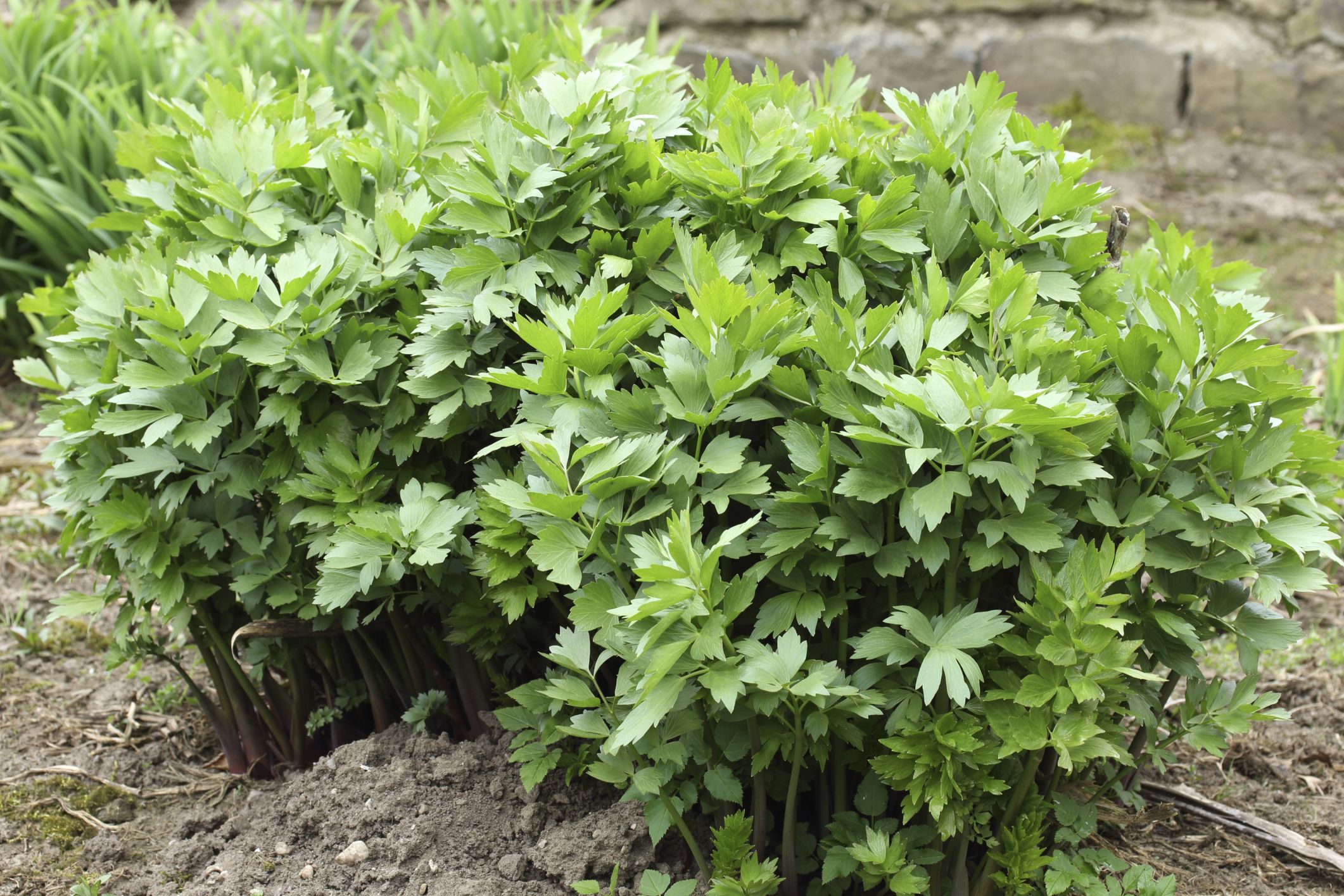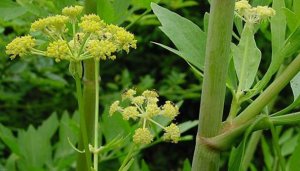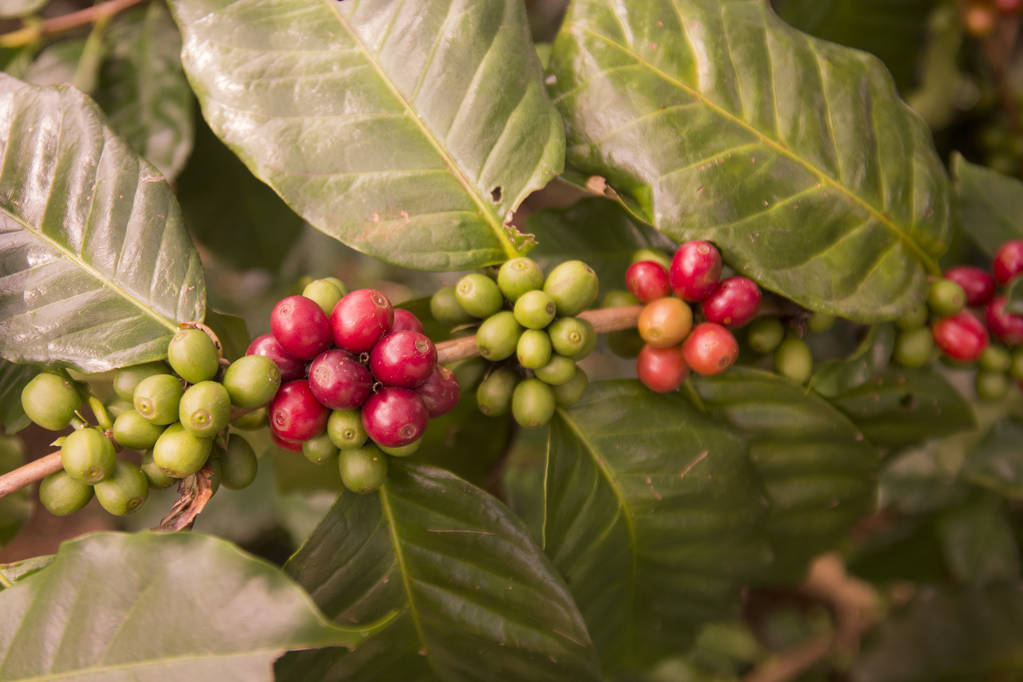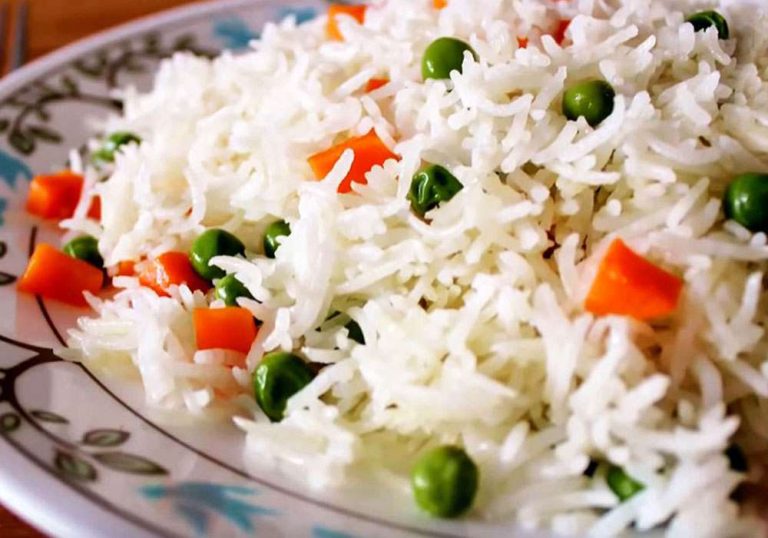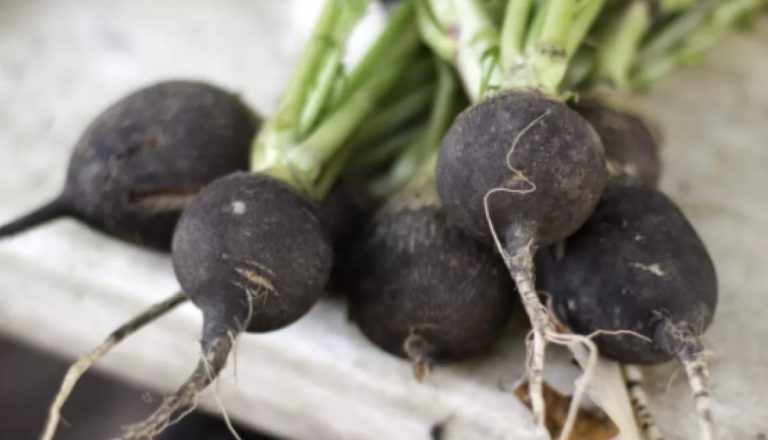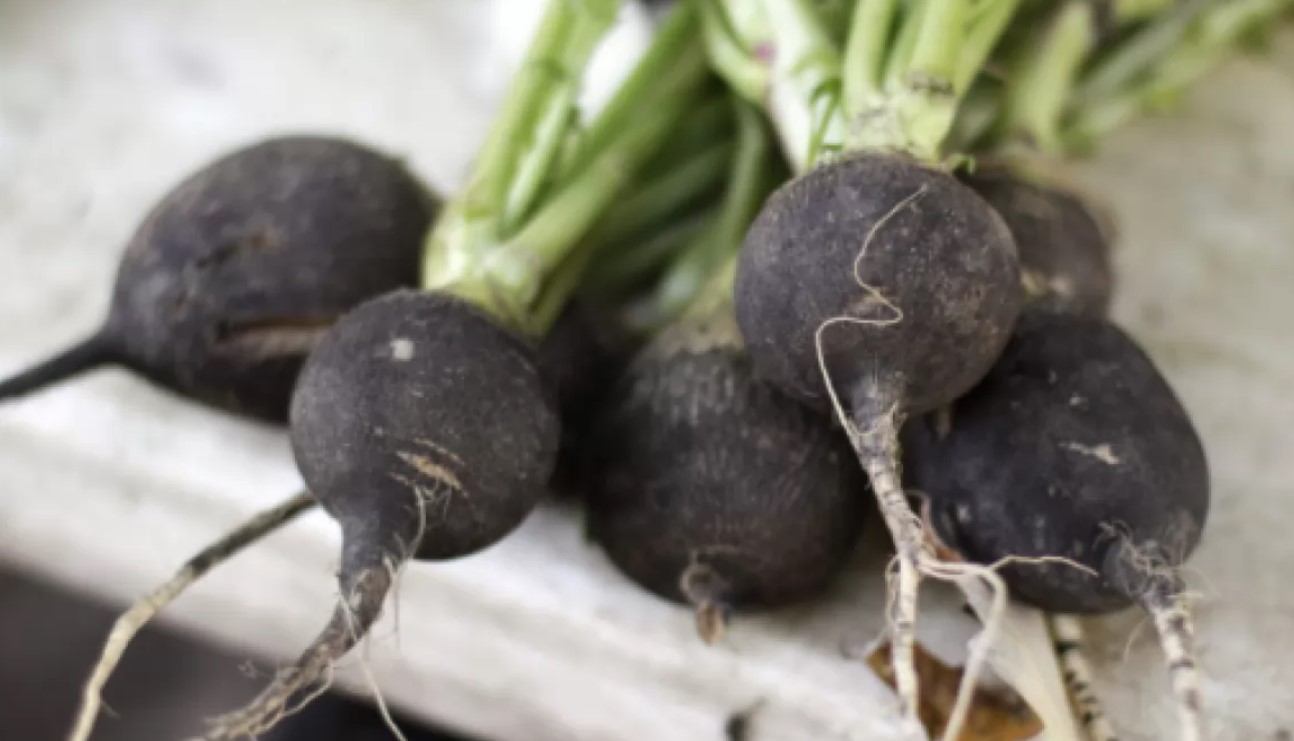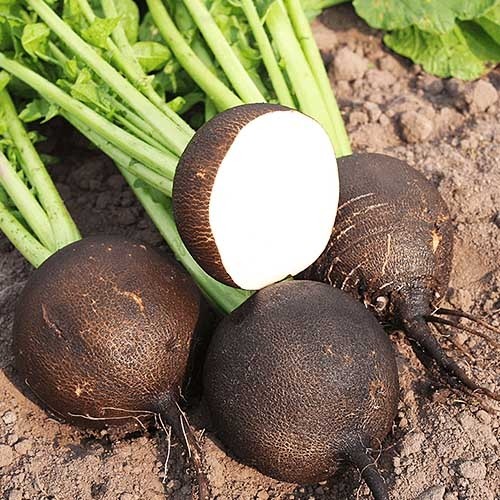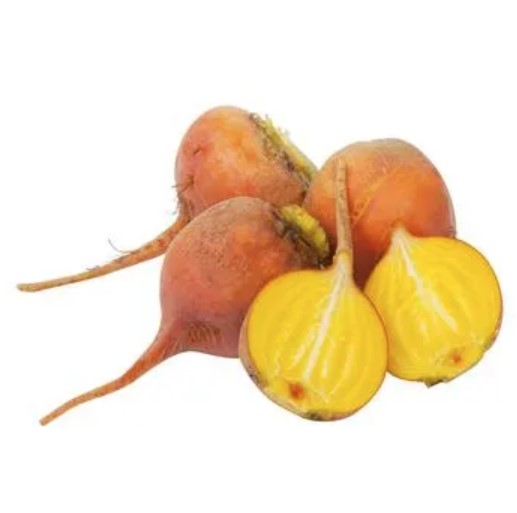Rice cultivation is increasingly being criticized due to its eco-balance. The high water consumption and the released methane are problematic for the climate. Here you can find out how rice cultivation works and what you should pay attention to when buying.
Southeast Asia: The most important rice-growing region in the world
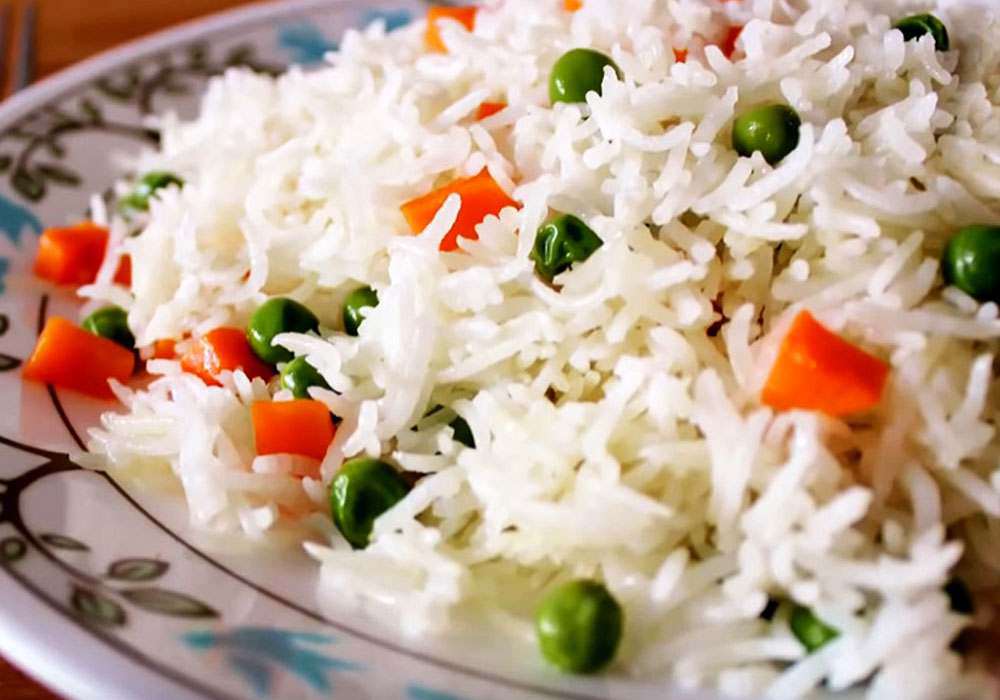
Rice is a staple food for over 3.5 billion people and, according to the FAO (Food and Agriculture Organization), it is one of the three most important cereals in the world along with corn and wheat. Rice cultivation thus has far-reaching effects on our climate.
According to the FAO, around 90 percent of the world’s rice harvest comes from South Asia and Southeast Asia, with China and India as the largest rice producers. According to statistics from the OCE (Observatory of Economic Complexity), India and Thailand are the main rice exporters, providing a large part of the world’s traded rice volumes.
Rice is also grown in the USA, Latin America, Africa and Europe. The main European rice producers are Spain, Italy and France. The following types of rice can be found there:
Spain: Bomba rice (for paella)
Italy: Arborio rice, jasmine rice and Venus rice (Piedmont as the main growing region of Italy)
France: Red rice from the Camargue
How does rice cultivation work?
There are various methods of rice cultivation, but the most common is wet rice cultivation. Irrigation is done differently depending on the location. Sometimes the farmers rely on natural flooding, sometimes fields are artificially supplied with water via sophisticated irrigation systems. Around 75 percent of the world’s rice harvest is based on artificial irrigation, as Ferrero and Tinarelli state in the introduction to their book “Pesticide Risk Assessment in Rice Paddies”. The water serves as a natural protection against weeds and pests for the plants.
There is also dry rice cultivation, which is much more laborious and less productive. Weeds and pests are not kept out naturally, which is why more fertilizers and pesticides are needed. An advantage of this cultivation method, however, is that less water is required and less methane is emitted. Due to the meager yields, this cultivation method is still less used.
Wet rice cultivation: How does it work exactly?
Growing rice is very time-consuming and is often still done by hand in Asia.
The rice seeds are sown in the dry field, which is then ploughed.
Later, the seedlings are transplanted into the paddy field by hand or with the help of jigs.
Now the fields have to be constantly under water before they are drained around three weeks before harvest. Depending on site conditions, this occurs through natural flooding or artificial irrigation systems.
In total, the rice plant grows for five to six months before it is harvested.
harvest and processing
Rice can be harvested one to three times a year, depending on the rice variety, site conditions and cultivation method. After harvesting, the rice is threshed and dried. The husks are then removed in a rice mill, leaving the actual grain of rice and the husk – the so-called silver skin. This product is sold as brown rice, whole grain or brown rice. Usually, however, there is a further step in which the silver skin and seedling are removed. What remains is the classic white rice, which has a longer shelf life but is less nutritious.
What are the consequences of rice cultivation for the environment?
Water consumption
According to Öko-fair, 2,000 to 5,000 liters of water are required for one kilogram of rice in wet rice cultivation. If the fields are artificially irrigated, this can lead to a falling groundwater level. This often poses major water supply problems for the cultivation regions, which are often water-scarce anyway. The energy required for the artificial irrigation systems is also high.
Methane emissions
According to the International Rice Research Institute (IRRI), wet rice cultivation is responsible for around ten percent of man-made methane emissions worldwide. Methane is the second most important man-made greenhouse gas after carbon dioxide and is 21 times more potent than CO2, according to the Max Planck Society.
The reason for the high emission values are the flooded fields: microorganisms decompose organic substances here in the absence of oxygen, resulting in the formation of methane. How much methane is produced depends on how long the fields are under water. If they are drained regularly, less methane is produced – a simple step that would already make rice production significantly more sustainable. However, for many small farmers in Asia, this additional effort can hardly be implemented. In addition, leftover husks are often burned in the fields after harvesting, which releases CO2.
An overview by the WWF makes the extent of methane emissions in rice cultivation clear. It shows the respective amounts of greenhouse gases that occur during the production of different foods. With 6.2 kilograms of CO2 equivalents per kilogram, rice is significantly higher than potatoes (0.62 kilograms), fresh milk products (1.76 kilograms) or even poultry meat (4.22 kilograms).
More problems in rice cultivation
Rice often has high levels of arsenic compared to other grains. The reason for this is the cultivation method. The standing water on the fields makes the arsenic contained in the soil more available. Rice plants absorb a particularly large amount of arsenic through their roots. In addition, groundwater, some of which is contaminated with arsenic, is used for irrigation, which means that more arsenic gets into the rice. You can find more information about rice and arsenic in our guide.
Many fertilizers and pesticides are also used in conventional rice cultivation, especially in the high-yield varieties cultivated on a large scale. This puts a strain on both the environment and the health of consumers. The use of pesticides also means that small fish and crustaceans, which are an important source of protein for many small farmers in Asia, can no longer survive in the rice basin.
Sustainable rice: You should pay attention to this when buying
Fair trade rice: Rice is mainly grown in less developed regions of the world. A Fairtrade certification shows you that the producers receive fair wages and work under good conditions. Many Fairtrade-certified rice suppliers enter into their own small cooperations with individual rice farmers in order to be able to offer ecologically and socially sustainable rice. In this way, cultivation conditions can be clearly traced and made transparent for consumers. You can usually find information about such cooperations on the provider’s website or directly on the product. In general, the more specific the information about origin and growing conditions, the better. It is worth taking a closer look at the products before you buy them.
Organic Rice: When you buy certified organic rice, you not only protect yourself and the environment from synthetic pesticides: Organic farming also protects rice farmers from constant exposure to harmful pesticides at work.
Rice from Europe: In the meantime, you can also find rice from European cultivation in the supermarket or health food store. So you can avoid long transport routes. In addition, the environmental guidelines in Europe are generally higher than in Asia and many European rice farmers value more sustainable rice cultivation.
Rice from dry cultivation: Although not the global solution, dry rice – especially from European cultivation – is often the more environmentally friendly alternative, as the Austrian daily newspaper Kurier shows using the example of the domestic rice producer “ÖsterReis”. Dry rice cultivation releases significantly less methane and uses less water. For example, the Swiss risotto rice branded “Terreni alla Maggia” or the Austrian rice from “SO-Fröhlich” come from the dry cultivation method. In dry cultivation, however, farmers increasingly have to contend with weeds and pests, which is why this method is much more labor-intensive – especially in organic cultivation. In order for rice from dry cultivation to actually be a sustainable alternative, you should only obtain it from organic cultivation. This is because more pesticides are often used in dry cultivation. While organic dry rice is a sustainable option, it is not a real solution on a global scale. Because the harvests in dry cultivation are too small and it can by no means cover the worldwide rice demand.
It doesn’t always have to be rice: there are many regional alternatives to rice that have a much better ecological footprint. For example, German potatoes or local cereals are the more sustainable side dishes. Spelled rice, for example, is a good alternative to rice. According to the WWF, the cultivation of lentils and legumes also emits fewer harmful GHG emissions, although they cannot compete with potatoes or cereals in this respect.
First steps towards sustainable rice cultivation

A step in the right direction is the International Platform for Sustainable Rice (SRP), which has developed a standard for sustainable rice. The project supports Thai rice farmers in making rice cultivation more ecological and campaigns for better local working conditions. Research institutes, large companies such as OLAM and international organizations such as GIZ or the United Nations Environment Program are involved.
According to GIZ, up to 50 percent fewer greenhouse gases are released as a result of the project measures, water consumption falls by a fifth and the farmers get by with fewer pesticides. At the same time, small farmers can increase their profits. The rice is certified accordingly and commercially available. For example, the Uncle Ben’s brand says it sources its rice exclusively from farmers supported by the SRP.
The Thai-German project Thai Rice NAMA also aims to make rice cultivation more sustainable and there is worldwide research on “anti-methane strategies”.
Little climate awareness when it comes to rice
Converting rice cultivation to uniform ecological standards is not that easy. Because there are too many individual small farmers from different countries where different environmental regulations apply. There is also often a lack of ecological awareness in the less developed countries of Asia, and for many small farmers, rice cultivation primarily means securing their survival. So they have no capacity to think about climate issues.
Projects for sustainable rice cultivation, such as those implemented by the SRP, are therefore all the more important. But the topic of sustainability is not only little present on the part of the producers. As consumers, we are also little aware of the poor ecological balance of rice – in contrast to products such as palm oil, avocados or meat, to which we are much more sensitive. It shouldn’t be any different with rice.
